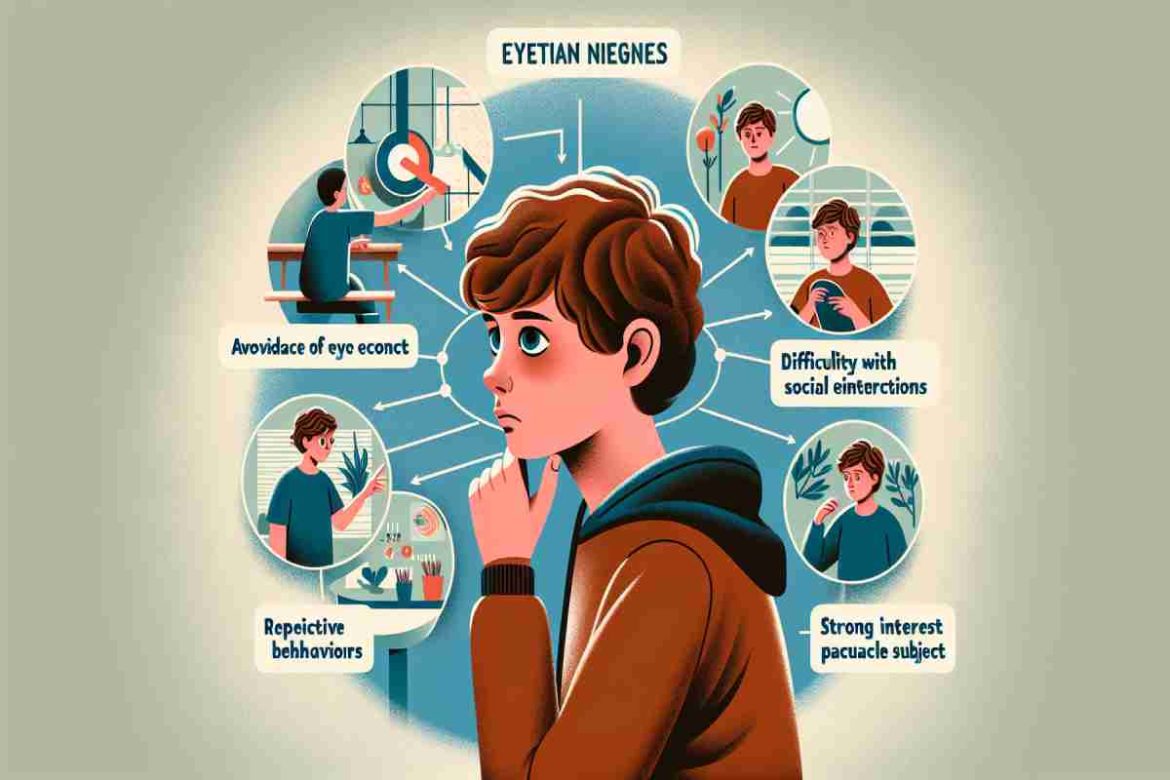Diagnosing Autism in Adults and Teens
Diagnosing autism isn’t always a simple process, especially in adults and teens. Recently, early detection in young children has gained more attention; however, understanding autism in older people remains a challenge.
What are some of the key obstacles in an autism diagnosis for adults and teens, given all we now know?
Overlapping Symptoms with Other Conditions
One of the biggest challenges in identifying autism across the life span is the overlap between autism symptoms and those from other conditions. Issues arising from anxiety, depression, ADHD, and bipolar disorder can all mirror the kind of struggles that can be associated with autism.
All of these comorbidities can both mask and mimic the signs of autism. That makes it all the harder for clinicians to isolate the core traits of autism spectrum disorder.
For example, a person might display:
- Difficulty with social interactions that could stem from either anxiety or autism.
- Repetitive behaviors resembling symptoms of OCD.
These sorts of overlaps can delay diagnosis or even lead to a misdiagnosis. That can leave autistic teens and adults without proper support or understanding.
Masking and Compensation Strategies
By the time an autistic person becomes a teen or even an adult, they’ve developed masking behaviors to cope with society. These are intentional strategies that hide autistic traits. That might mean they mimic social norms, rehearse conversations, or suppress repetitive behaviors.
Sure, autistic people who mask may better navigate social environments, but it’s not without its challenges – especially in terms of reaching a diagnosis. Clinicians may not observe the full extent of a person’s autistic behaviors, especially in structured settings.
This challenge is particularly pronounced for women and teen girls since they are more likely to mask their traits than men and boys. That means this group is even more challenging to diagnose.
Lack of Developmental History
Autism diagnoses often rely heavily on a person’s early developmental history. However, an individual, regardless of whether a teen or an adult, may have difficulty recounting their childhood behaviors. This could be due to memory gaps or a lack of observation by prior caretakers.
For example, parents or guardians might not have recognized the early signs of autism, or medical records from childhood might be incomplete or entirely unavailable. That missing information makes it harder for clinicians to use valuable tools like the Autism Diagnostic Interview-Revised (ADI-R), which requires a detailed developmental history.
Stereotypes and Misconceptions
Widespread stereotypes about autism also present challenges in reaching a diagnosis for teens and adults. All too many people still believe autism is something that only affects young children or that it always causes severe developmental delays. These sorts of misconceptions can cause even some clinicians to overlook autism in teens and adults.
Gender biases also play a large role in possible misdiagnosis. Autism traits tend to present very differently in females, which leads to their significant underrepresentation in diagnoses. Teen girls, for example, might display less obvious repetitive behaviors or more social motivation. These behaviors can mask their actual struggles.
Limited Diagnostic Tools for Older Populations
If you have the tools in your toolbox, shouldn’t you be able to diagnose autism in just about anyone?
Remember, many diagnostic tools are designed primarily for young children, which means they might not translate well to older people. Fortunately, assessments like the ADOS-2 (Autism Diagnostic Observation Schedule, Second Edition) and (MIGDAS™-2) Monteiro Interview Guidelines for Diagnosing the Autism Spectrum, Second Edition can be adapted for adults. Even so, while there are modules tailored for older participants, the nuances of their experiences may require additional expertise from clinicians.
Social Stigma
Simply, a fear of social stigma can prevent many teens and adults from seeking an autism evaluation. After all, an autism diagnosis carries plenty of misunderstanding and judgment from peers, employers, and even some family members. Because of this mistaken social stigma, many teens and adults will never even pursue a diagnosis.
Indeed, diagnosing autism in teens and adults requires careful evaluation. It also needs an understanding of the unique challenges older people on the spectrum might face. These hurdles complicate the process, but they highlight just how important comprehensive assessments can be.
If you want to learn more about the types of assessments that support a better understanding and even diagnosis, visit WPS. Their tools can make all the difference when identifying autism, regardless of age.


